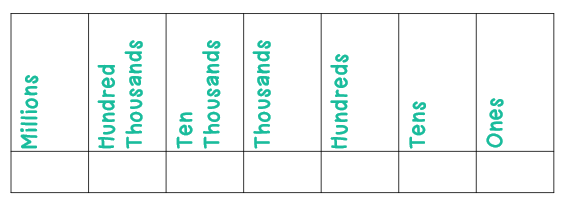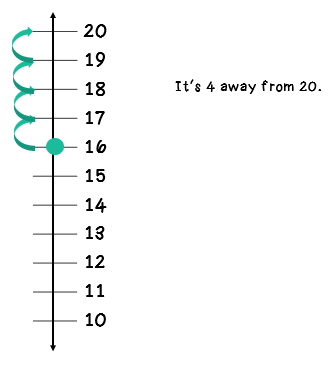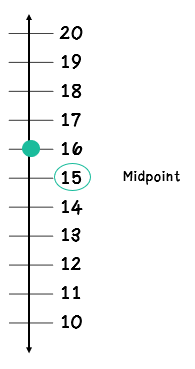

Round whole numbers from 0 to 1,000 to the nearest 10 or 100.


Rounding is related to place value and estimation. A solid grasp on rounding indicates that students have a good sense of numbers. Benchmarks are numbers that are easy to work with, like 5s and 10s. Having a solid grasp on the importance and usefulness of benchmark numbers is key to developing a solid sense of numbers. Students first need to practice with understanding that 25 comes in between 20 and 30, for example, and that 20, 30, 40, 50, etc. are all "tens," or "multiples of ten." Likewise, students need to develop an understanding that 150 is in between 100 and 200, and that 100, 200, 300, etc. are all "hundreds," or "multiples of 100."




The vertical number line strategy can be very helpful to students who are learning to round for the first time. They make clear the concept of "rounding UP" or "rounding DOWN." Let's look at this example of rounding 16 to the nearest 10.

A vertical number line strategy helps students see which "ten" (or "hundred") the target number is closer to. We use the terms "round up" and "round down," and a vertical number line illustrates going "up" or "down." A horizontal number line does not capture this key concept, and can lead to confusion.


Thinking about the midpoint can be a useful strategy for students. For some students, it's easier to think about the target number as being above or below the midpoint. For instance, if we are either rounding 16 to 10 or 20, then the midpoint is 15. Since 16 is greater than 15, it will round up to 20. This strategy becomes more useful with larger numbers, like rounding 1127 to the nearest 100.



Please click here for an animation that describes how to round using the vertical number line strategy.